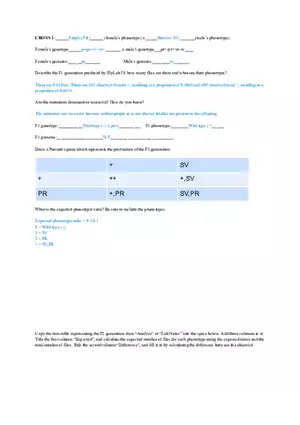Lecture Note
7.03 Genetics: Lecture 27 Notes
-
University:
Massachusetts Institute of Technology -
Course:
7.03 | Genetics Academic year:
2024
-
Views:
211
Pages:
4
Author:
minus3s
Related Documents
- Mutation Activity Key
- E-Coli in Pigs
- Biol DNA Transcription Answers
- Inheritance and Variation of Traits
- 7.03 Genetics: Solutions to Problem Set 3 (2001)
- 7.03 Genetics: Answer Key to Problem Set 4 (2001)
- Notes on Population Genetics and Evolution
- 7.03 Genetics: Lecture 14 Notes
- Genetics, Lecture 17, Notes
- Calculating Tajima’s D
- 7.03 Genetics: Lecture 16 Notes
- Biol Unit 2 Genetics Practice Test
- Hypertonic Hypotonic and Isotonic Solutions Impact on Cells
- Polygenics Lab II Answer Key
- Evolution DNA Analysis Review Key
- Biol 202 DNA Practice Answer Key
- Biol DNA Structure and Replication
- Biol Codominance and Incomplete Dominance Problems
- Nutrition Therapy in the Age of Genomics
7.03 Genetics: Lecture 27 Notes




Recommended Documents
Report
Tell us what’s wrong with it:
Thanks, got it!
We will moderate it soon!
Report
Tell us what’s wrong with it:
Free up your schedule!
Our EduBirdie Experts Are Here for You 24/7! Just fill out a form and let us know how we can assist you.
Take 5 seconds to unlock
Enter your email below and get instant access to your document

